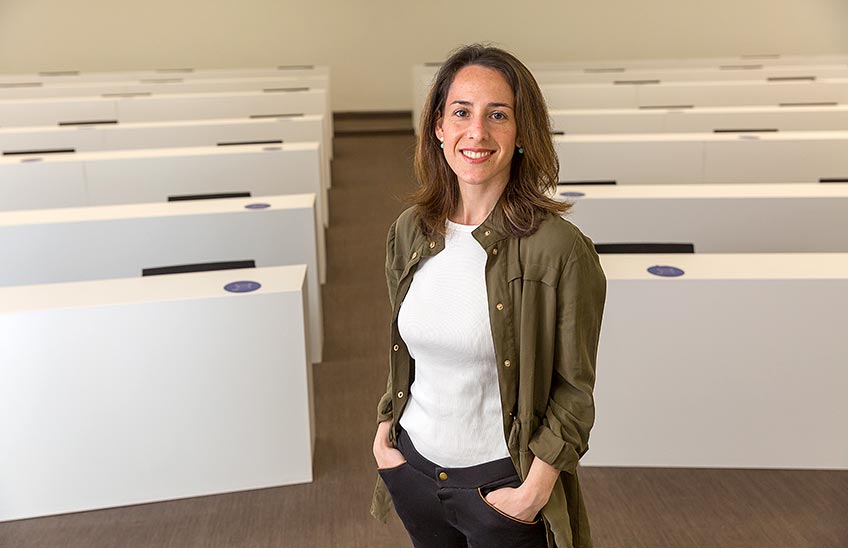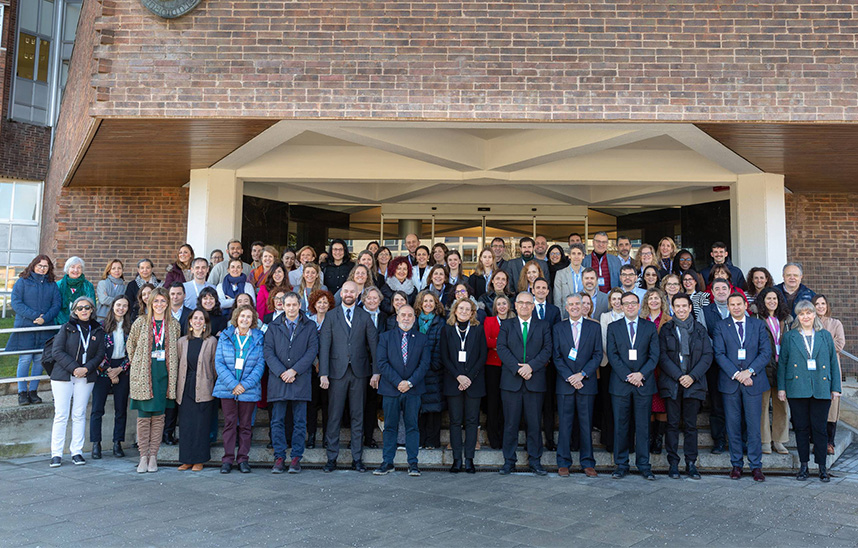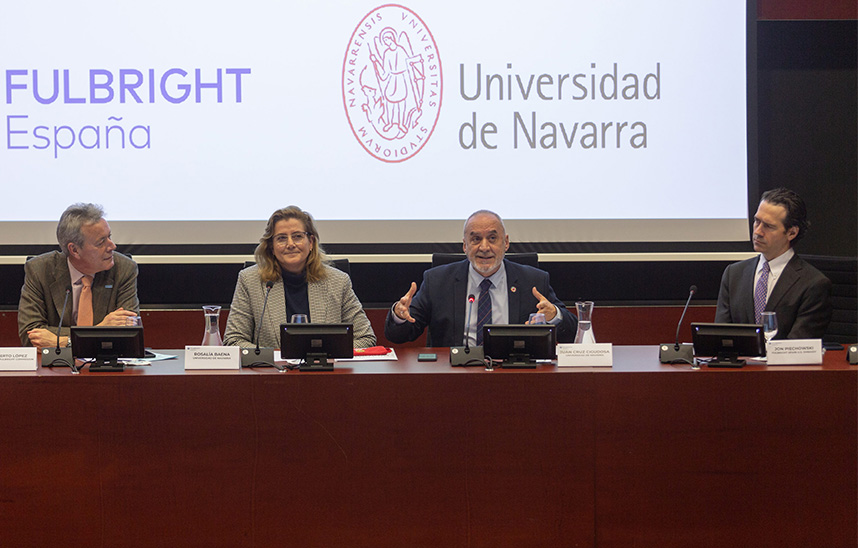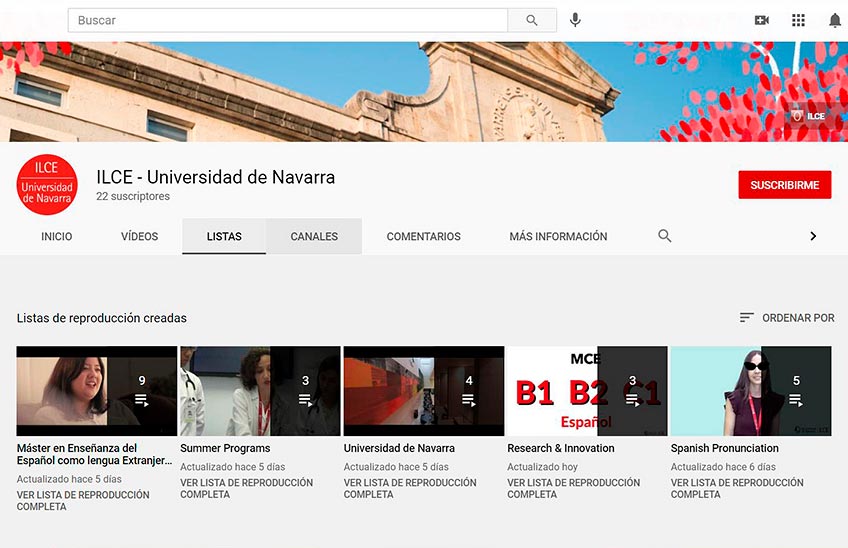Interview with Susana Madinabeitia, professor at high school de language y Cultura Españolas (ILCE), about the Spanish certification tests at the University.
Since it was first offered 2 years ago, 35 students have taken this exam, which has allowed them to start or continue their programs of study in the campus

PhotoManuelCastells/Susana Madinabeitia, professor at ILCE
10 | 03 | 2021
International students who want to study a Degree or postgraduate program at the University, as well as students of exchangewhose language mother tongue is not Spanish, must prove that they have a sufficient level of knowledge , spoken and written, of language.
goal With the aim of providing them with the necessary tools to successfully carry out their programs of study, as well as to support the University's internationalization, the high school of language and Spanish Culture (ILCE) has been offering for the last 2 years the test ILCE-University of Navarra certification programme. Since then, 35 students have taken this exam, which has allowed them to start or continue their programs of study at campus.
In the following interview, Susana Madinabeitia, ILCE teacher, explains the keys to these tests:
Q. What does the test ILCE-University of Navarra certification consist of?
R. Until a year ago, the test was face-to-face. However, due to the pandemic, it changed to an online format and the University became the first institution in Spain to offer this 100% digital test .
The test consists of five parts. reference letter Each one assesses one of the five activities of language listed in the basic curriculum of Common European Framework of Reference for Languages (framework Common European Framework of Reference for Languages): comprehension of oral texts; comprehension of written texts; production and co-production of written texts; production and co-production of oral texts; and written and oral mediation.
The written tasks are carried out on a platform monitored by a computerised examination invigilation system, and the oral parts by videoconference in front of two ILCE-accredited examiners.
Q. How can students prepare for this test?
R. At ILCE we offer speech and Culture courses which, although they are not preparatory, their programmes are aligned with the content and competencies of the test Spanish certification course. In addition, we recommend that student has taken at least a B1.2 level to sit for test B1; B2.2 to sit for B2; and C1 to sit for C1.
Q. What advantages does ILCE's test offer over the certification tests of other language centres teaching ?
R. Some of the advantages are that it can be done completely online, from anywhere in the world. Another positive aspect is the time taken (between 2 and 3 hours depending on the level) and the time taken to notify the results (between 1 and 2 weeks). The inclusion of mediation tasks, which is not yet present in other certification tests such as DELE or SIELE, is another advantage of the test offered by ILCE. In addition, at high school we are constantly researching and developing diagnostic and certification tests for Spanish, so this test is constantly being updated update.
Q. To what extent does this test and ILCE's work with international students financial aid contribute to their integration into the University?
R. This test allows a particularly agile certification that favours flexibility in the processes of Admissions Office at the University. The student can register up to 15 days before the call for the desired level and the results are notified in less than two weeks.
Q. How often are certification tests conducted?
R. There is a monthly call for applications. The dates can be consulted on the ILCE web page. The Schools also offers the possibility of making calls on demand, outside the scheduled dates, as is already being done with the International Office, or with the Fulbright Program.




